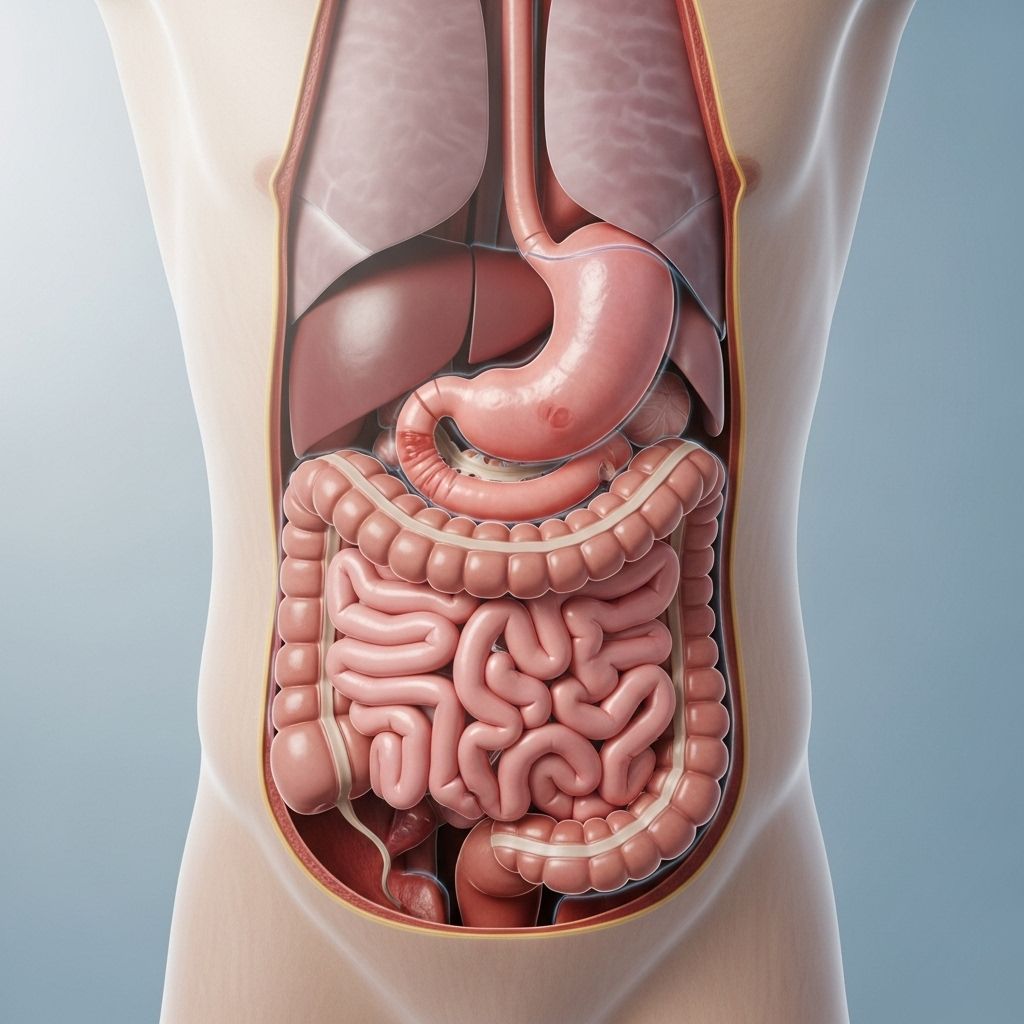GI Challenges in Ehlers-Danlos Syndrome (EDS)
Tissue fragility can disrupt digestion and underscores the need for custom nutrition and support.

Introduction to Ehlers-Danlos Syndrome (EDS)
Ehlers-Danlos Syndrome (EDS) is a genetic disorder characterized by abnormalities in the body’s connective tissue, which provides support to various organs and systems, including the skin, joints, and blood vessels. One of the lesser-known but significant aspects of EDS is its impact on the gastrointestinal (GI) system.
Gastrointestinal Problems in EDS
Individuals with EDS often experience a range of gastrointestinal symptoms due to the weakened connective tissues in their GI tract. These symptoms can mimic those of functional gastrointestinal disorders but have a structural and systemic basis.
Upper GI Tract Issues
The upper GI tract can be particularly affected in EDS, with common issues including:
- Gastroesophageal Reflux Disease (GERD): This condition is frequently encountered due to laxity of the lower esophageal sphincter, often coexisting with a hiatal hernia.
- Dysphagia: Difficulty swallowing can result from esophageal dysmotility or structural abnormalities.
- Gastroparesis: Delayed gastric emptying is prevalent, leading to symptoms like early satiety, nausea, and bloating.
- Nausea: Frequent and sometimes debilitating nausea is a common complaint.
Lower GI Tract Issues
The lower GI tract also presents challenges, including:
- Constipation: Difficulty passing stools is common due to dysmotility and altered gut function.
- Abdominal Pain and Bloating: These symptoms are widespread and can be disproportionate to objective findings.
- Diarrhea: Some individuals experience frequent diarrhea, contributing to overall gastrointestinal discomfort.
- Rectal Prolapse: This condition, where part of the rectum protrudes through the anus, is more common in EDS patients.
Complications of GI Problems in EDS
Beyond the day-to-day symptoms, EDS can lead to more severe gastrointestinal complications:
- Spontaneous Intestinal Perforation: This is a rare but potentially life-threatening condition where the intestine suddenly ruptures.
- Massive Gastrointestinal Hemorrhage: Although uncommon, significant bleeding can occur, posing a serious risk.
- Hernias: External hernias, hiatus hernias, and diaphragmatic hernias are more common in EDS patients due to connective tissue weakness.
- Diverticulosis and Diverticulitis: Conditions involving small pouches in the intestinal wall can lead to complications like infections or perforation.
Management and Treatment of GI Issues in EDS
Effective management of gastrointestinal symptoms in EDS involves a multi-disciplinary approach:
- Medication: Antacids or acid reducers for GERD, laxatives for constipation, and anti-nausea medications can help alleviate symptoms..
- Dietary Changes: A tailored diet focusing on easily digestible foods and avoiding triggers can help manage symptoms.
- Lifestyle Modifications: Regular exercise and stress management can also reduce GI discomfort.
- Professional Guidance: It is crucial to work with healthcare providers for personalized care plans.
Frequently Asked Questions (FAQs)
Q: What are the common gastrointestinal symptoms in EDS?
A: Common symptoms include heartburn, constipation, bloating, nausea, and abdominal pain.
Q: How can gastrointestinal issues affect the quality of life for EDS patients?
A: These issues can significantly impact daily activities and overall well-being, contributing to malabsorption and weight loss.
Q: Is surgery safe for EDS patients with GI complications?
A: While surgery may be necessary, it poses risks due to tissue fragility and potential bleeding tendencies. Careful planning and management are essential.
Conclusion
Gastrointestinal challenges in EDS are a critical aspect of managing the condition. These symptoms and complications can significantly impact the quality of life for individuals with EDS. Understanding and addressing these issues is essential for effective management and improving patient outcomes.
References
- https://rhealthc.com/medical-conditions/gastrointestinal-problems-linked-to-ehlers-danlos-syndrome-eds/
- https://pubmed.ncbi.nlm.nih.gov/5308459/
- https://www.eds.clinic/articles/gastrointestinal-issues-ehlers-danlos-syndrome-guide
- https://www.ehlers-danlos.org/information/gastrointestinal-problems-in-hypermobile-ehlers-danlos-syndrome-and-hypermobility-spectrum-disorders/
- https://pubmed.ncbi.nlm.nih.gov/28186368/
- https://www.upmcphysicianresources.com/news/093024-hypermobility
- https://www.frontiersin.org/journals/neurology/articles/10.3389/fneur.2024.1379646/full
Read full bio of medha deb












